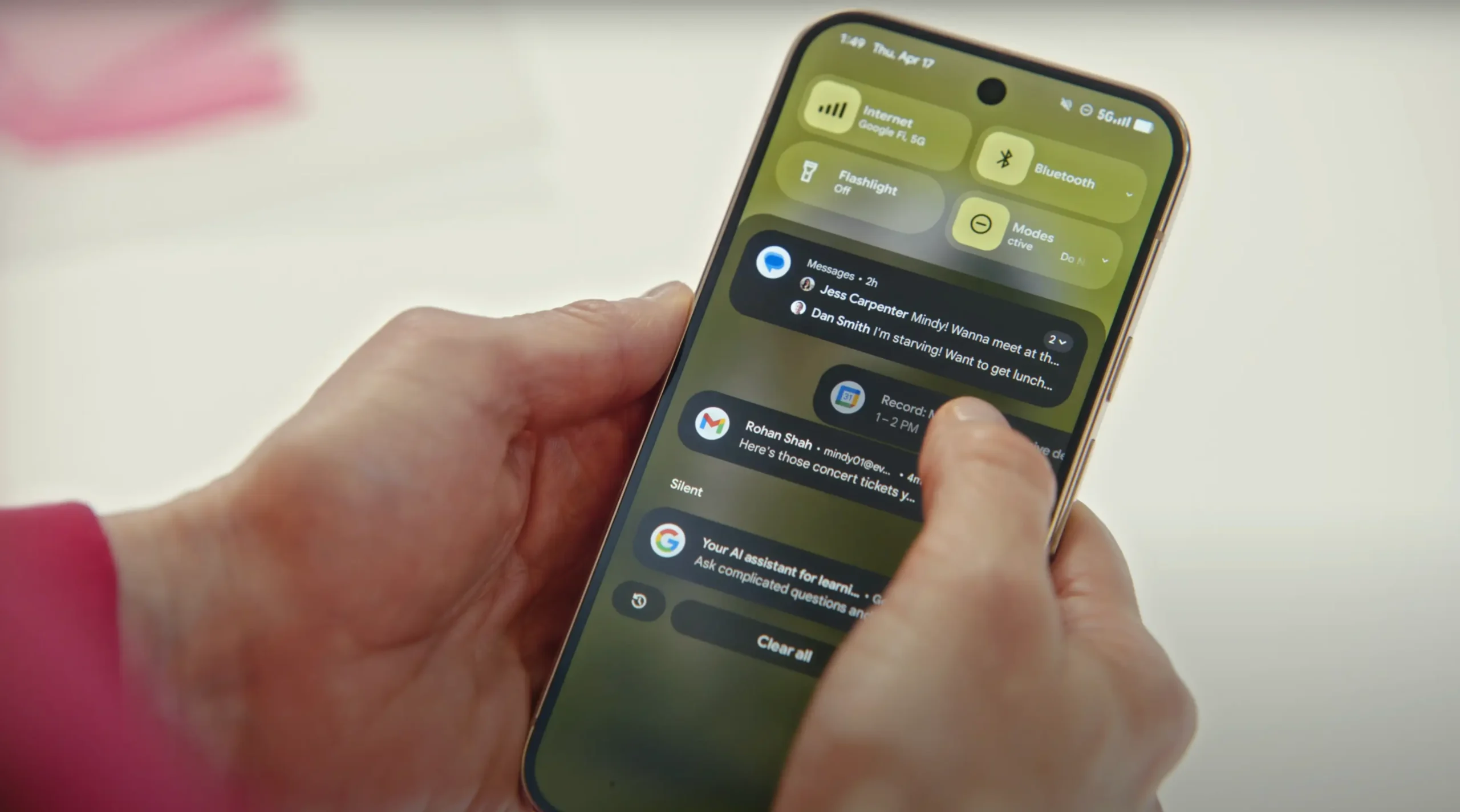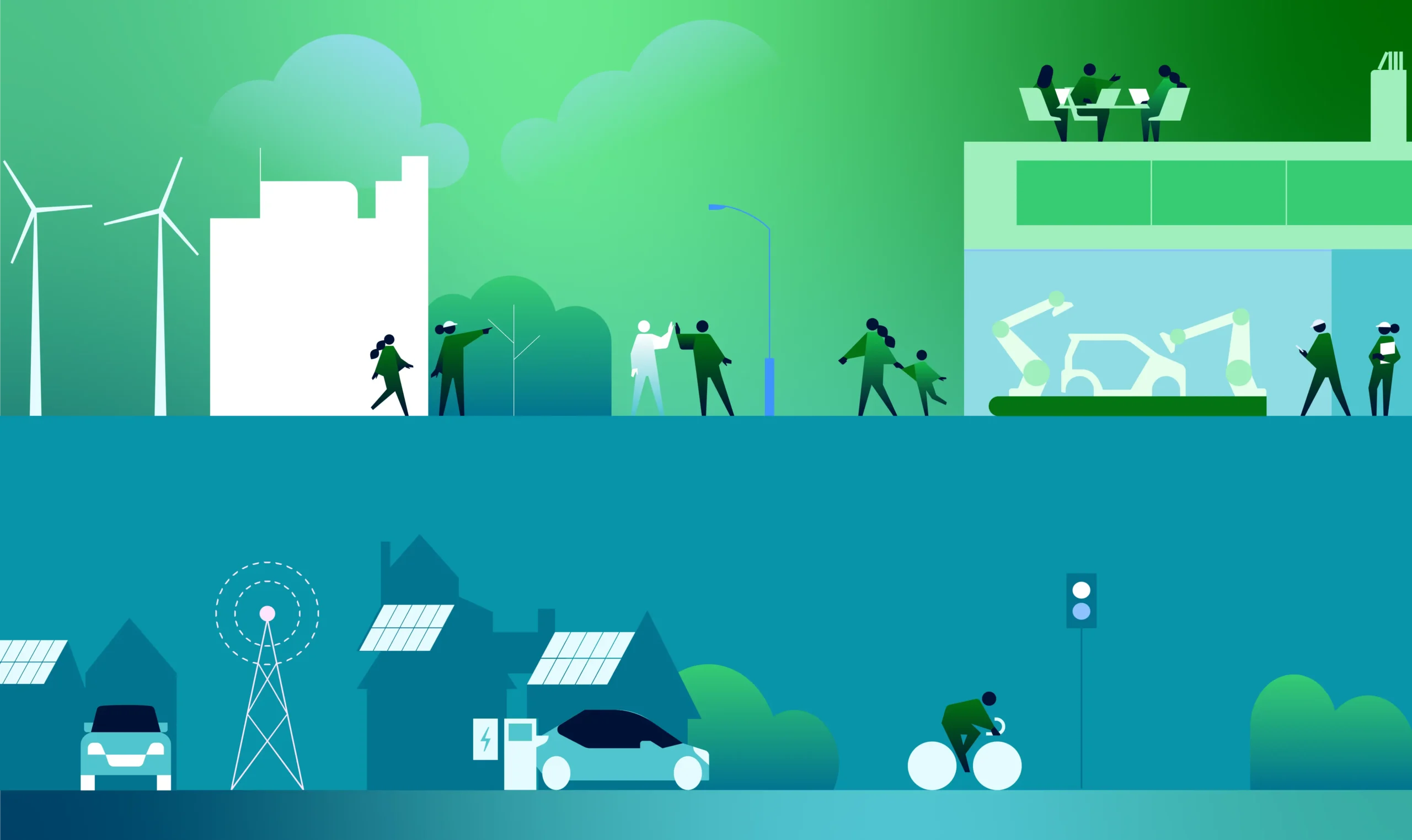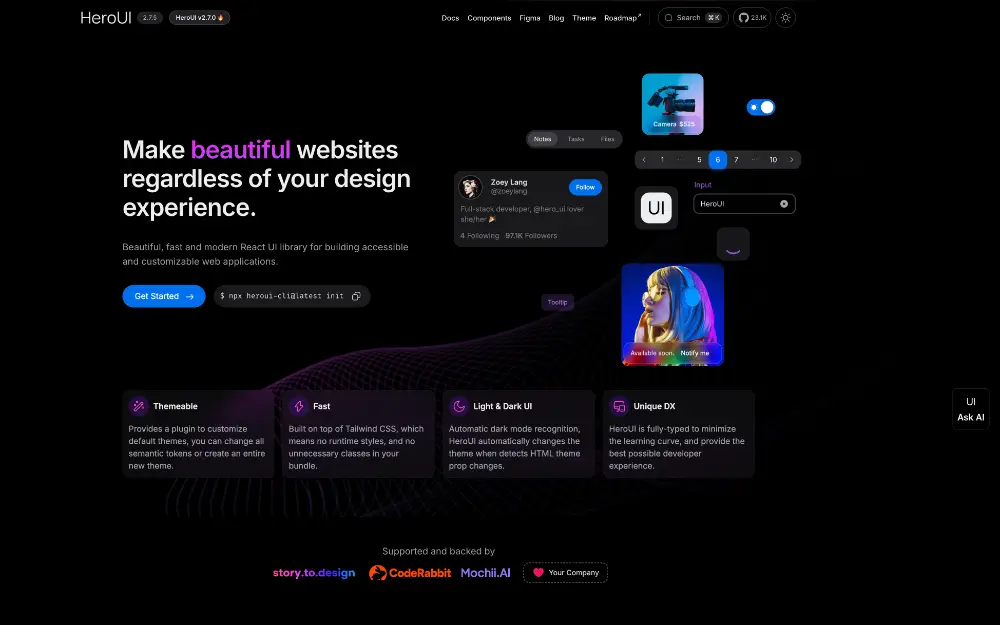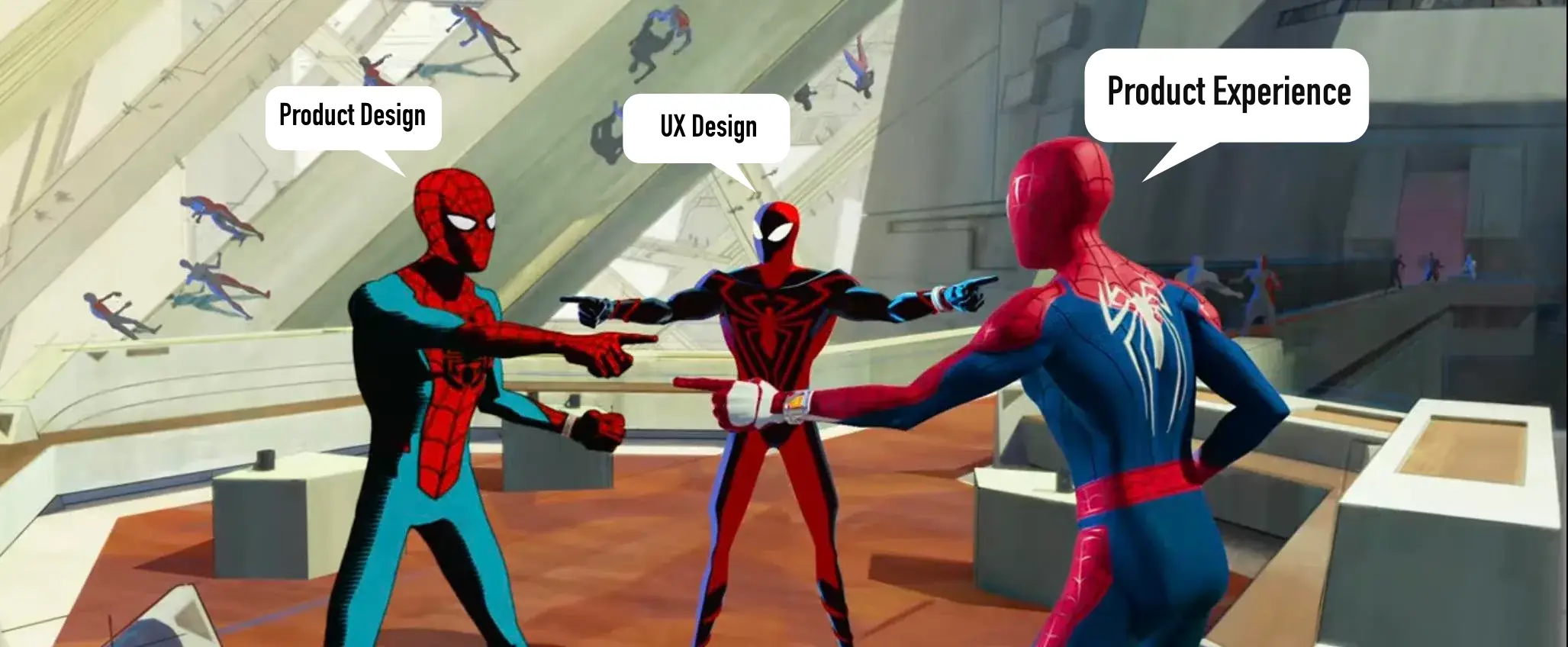Material 3 Expressive: A New Era of Personalization
-
Bilal Akpinar
-
May 15, 2025
-
Blog
-
0 Comments
Google has unveiled Material 3 Expressive, the most significant evolution of its design language in years, set to debut with Android 16 and Wear OS 6 later this year. This update emphasizes personalization, fluid animations, and a cohesive aesthetic across devices, aiming to provide users with a more engaging and tailored experience. Material 3 Expressive: A New Era of Personalization …
Continue Reading
How Nokia Sees the Future: 2035 Tech Trends That Will Reshape Everything
-
Bilal Akpinar
-
May 15, 2025
-
Blog
-
0 Comments
Have you ever thought about how our world might look in ten years? Not just in terms of better phones or faster internet, but a complete shift in how we live, work, and connect with everything around us?I recently followed Nokia’s Technology Vision webinar — the first in a five-part series — and it was one of the most future-facing …
Continue Reading
5 Game-Changing UI Component Libraries Designers Need in 2025
-
Bilal Akpinar
-
April 2, 2025
-
Blog
-
0 Comments
In the rapidly evolving field of UI design, staying updated with the latest tools is essential. As we progress through 2025, several UI component libraries have emerged as game-changers, offering designers enhanced efficiency, customization, and accessibility. This article explores five standout libraries—HeroUI, Shadcn UI, DaisyUI, FloatUI, and Uiverse—highlighting their key features, advantages, and potential drawbacks to help you determine the …
Continue Reading
Why I Switched from Adobe Creative Suite to Affinity Apps
-
Bilal Akpinar
-
March 31, 2025
-
Blog
-
0 Comments
A little under a year ago, I decided to give the Affinity Suite a shot. Initially, I wasn’t entirely convinced it could fully replace Photoshop for all my needs. But over time, a combination of factors prompted me to make the switch. The turning point came when I learned about Adobe’s data usage policies and how my subscription fees were …
Continue Reading
Why Duolingo Calls It “Product Experience” Instead of “UX Design”
-
Bilal Akpinar
-
March 22, 2025
-
Blog
-
0 Comments
In the world of digital design, terminology matters. It shapes how teams think, how work is structured, and how users are ultimately served. One company that’s been quietly redefining how we think about design is Duolingo. While many tech companies have “UX Design” teams, Duolingo opts for a different title: Product Experience (PX). But why this distinction? And what can …
Continue Reading
Accessibility vs. Cool Designs: Striking the Right Balance
-
Bilal Akpinar
-
September 20, 2020
-
Accessibility
-
0 Comments
Many designers face the challenge of balancing visually striking designs with accessibility principles. This blog post explores how to create innovative and stylish designs without compromising usability for people with disabilities. Key Points: • Why accessibility matters in UX/UI design • Common conflicts between aesthetics and accessibility • Best practices for inclusive yet visually appealing designs • Tools and resources …
Continue Reading





